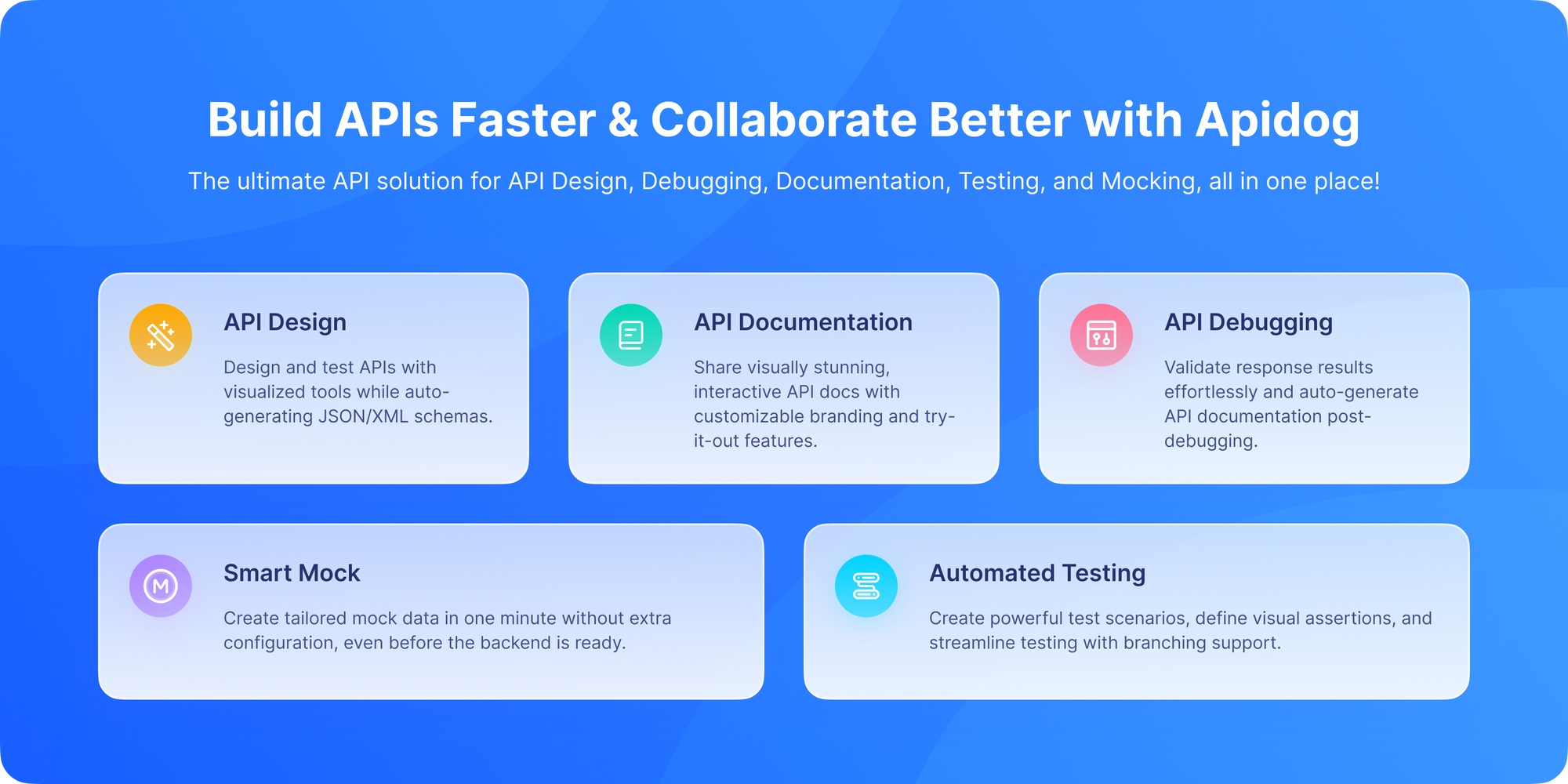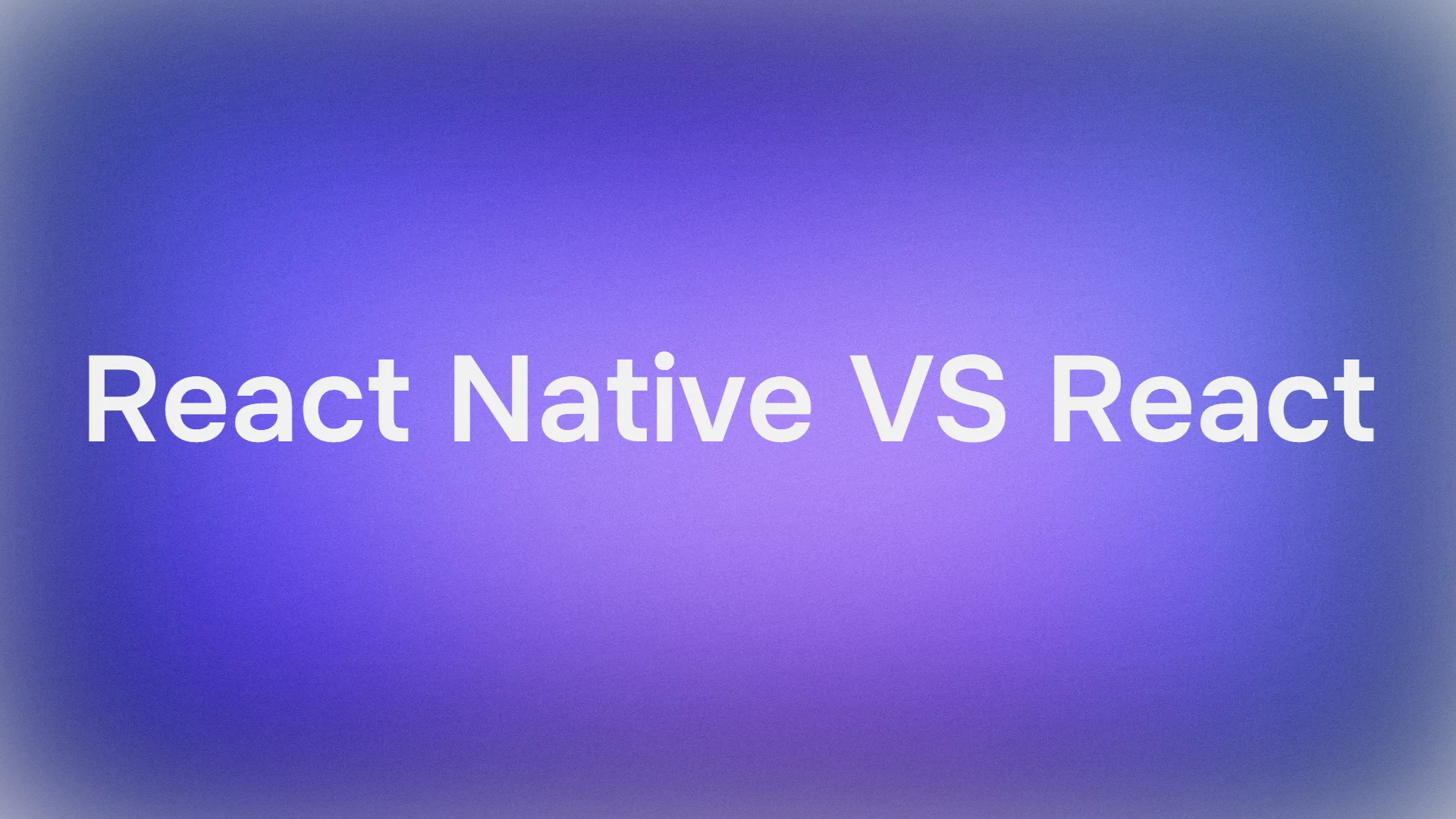We all love JSON—it's simple, readable, and powers modern web and mobile apps. But sometimes you're not dealing with a small object—you're facing a massive, deeply nested JSON document. It might be an API response, a config file, or a NoSQL database export. Suddenly, it feels like a jungle of curly braces and square brackets.
Your challenge: find one piece of data buried inside. Maybe it's the email of the third user or the price of a specific product variant. Manually scrolling, expanding, and collapsing nodes can take forever—and it's easy to miss details.
The better way? JSONPath.
JSONPath lets you write precise queries to instantly extract the exact data you need, no matter how deeply nested it is. And when you don't want to figure out the path yourself, a JSON Path Generator does the work for you.
In this blog, we'll break down what a JSON Path Generator is, how it works, and why it's such a powerful tool for working with JSON. Whether you're testing APIs, debugging responses, or handling complex data, a generator makes the process fast and effortless.
That's where Apidog comes in. Beyond designing and testing APIs, Apidog makes working with JSONPath simple. Best of all, you can download it for free and start experimenting right away.
Now, let's dive in and explore how to master JSON Path Generators.
What is JSON Path?
JSON Path is a query language used for selecting and extracting specific parts of JSON documents, much like XPath for XML. It allows you to navigate complex nested JSON data structures using expressions that point directly to the values or objects you want.
The simplest analogy is a file path on your computer. You don't open every folder on your C: drive to find a document; you go directly to C:\\Users\\YourName\\Documents\\important_file.txt. JSONPath is like that for JSON data.
A JSONPath expression might look like this:
$.data.users[1].email
This expression would navigate to the email of the second user in the array (arrays are zero-indexed, so [1] is the second element).
What is a JSON Path Generator?
Now, writing these expressions from scratch, especially for complex queries, can be tricky. This is where a JSON Path generator comes in.
A JSON Path Generator is a tool that automatically creates JSON Path expressions from your JSON data. Instead of manually writing the complex path syntax, which can be tricky and error-prone, you can feed your JSON data into a generator and get the correct JSON Path that points directly to the data you want. You typically:
- Input your JSON data into the tool.
- Click on the value you want to extract within a visual representation of the JSON tree.
- The tool automatically generates the correct JSONPath expression for that value.
It's like a translator between your mouse clicks and the formal JSONPath syntax. Instead of memorizing the syntax, you can visually explore your data and let the generator write the query for you. No guesswork. No mistakes. Just instant, precise paths.
Why Use a JSON Path Generator?
You might be thinking, "I can just learn the syntax." And you can! But generators offer some incredible advantages:
- Dramatically Reduced Learning Curve: You can start being productive with JSONPath immediately, without first needing to master the sometimes-arcane syntax for filters and expressions.
- Elimination of Syntax Errors: Did you use a single dot instead of a double dot? Forget a bracket? Generators produce perfectly formatted expressions every time, preventing frustrating debugging sessions.
- Discovery and Exploration: They are fantastic for exploring an unfamiliar JSON structure. As you click around, you see the corresponding path update, helping you understand how the data is organized.
- Complex Query Building: Advanced generators help you build more complex queries using filters (e.g., "find all users where city is 'Somewhere'") through an intuitive UI, which is much easier than writing the logic by hand.
Imagine trying to debug a failed API test. Instead of trial and error, a JSON Path Generator gives you the right path instantly.
Core JSONPath Syntax: The Language Itself
To truly appreciate what a generator does, it's helpful to understand the basics of the language it's writing for you. Let's break down the key components of a JSONPath expression.
The Root: $
Every JSONPath expression starts with the $ symbol, which represents the root of the JSON document. It's the starting point for all your queries.
Navigating Child Properties: Dot Notation (.)
The dot (.) is used to access a property of an object.
$.statuswould select"success"from our example.$.data.userswould select the entire array of users.
Navigating Child Properties: Bracket Notation (['prop'])
You can also use bracket notation, which is required if the property name contains special characters like spaces or hyphens.
$['data']['users']is equivalent to$.data.users.
Working with Arrays: Indexing ([n])
To select a specific element in an array, you use its index in square brackets. Array indices start at 0.
$.data.users[0]selects the first user object (John Doe).$.data.users[0].emailselects"john.doe@example.com".
The Powerful Wildcard:
The asterisk * is a wildcard that matches any element at its level.
$.data.users[*].emailwould select all email addresses in the users array. This returns a list:["john.doe@example.com", "jane.smith@example.com", "bob.jones@example.com"].
Deep Scan: .. (Double Dot)
The double dot .. is incredibly powerful. It performs a deep scan of the entire structure beneath it to find all occurrences of a field name, no matter how deeply nested they are.
$..emailwould find everyemailfield in the entire JSON document. This is extremely useful when you don't know the exact path.$..citywould find allcityfields inside anyaddressobject.
Using Filters: The Secret Weapon (?(@))
This is where JSONPath becomes truly powerful. Filters allow you to select elements based on a condition. The syntax is a bit more complex: [?(@.property operator value)]
Let's find Jane Smith by her username:
$.data.users[?(@.username == 'jane_smith')]
This means: "Inside the users array, find all elements WHERE the username property is equal to 'jane_smith'."
You can use other operators like != (not equal), < (less than), =~ (regular expression match), and && (and)/|| (or).
- Find all users in "Somewhere":
$..users[?(@.address.city == 'Somewhere')] - Find users with an ID greater than 1:
$.data.users[?(@.id > 1)]
This is the part where a generator is most helpful, as the filter syntax can be tricky to get right manually.
How JSON Path Generators Work
A JSON Path Generator usually works in a few simple steps:
- Load your JSON into the tool.
- Expand the JSON tree until you find the field you want.
- Click on the field: The generator creates the JSON Path automatically.
- Copy the JSON Path into your code, test, or query.
Benefits of Using a JSON Path Generator
Still wondering why you need a JSON Path Generator? Here are the top benefits:
- Efficiency: No more wasting time.
- Accuracy: Prevents small mistakes that cause big bugs.
- Ease of learning: Even beginners can use JSON Path quickly.
- Testing integration: Works perfectly in testing frameworks.
- Cross-platform: Many generators are available online or in tools like Apidog.
How Apidog Integrates JSONPath for Powerful API Workflows

This isn't just a theoretical exercise. Modern API tools bake this functionality directly into their workflow. Apidog is a prime example of how JSONPath generators are used in the real world.
Within Apidog, after you send an API request and get a JSON response, you can use JSONPath to:
- Create Assertions: In your test scripts, you can write assertions that validate the response content using JSONPath. For example, you can assert that the value at the path
$.statusis"success"or that the array at$.data.usershas a length greater than 0. - Extract Variables: This is a killer feature. You can run a JSONPath expression on a response and save the result as a variable to be used in subsequent requests.
For example:
- Send a
POST /auth/loginrequest. - From the response, extract the JSONPath
$.tokenand save it to a variable calledauth_token. - Your next request to
GET /users/mecan automatically useauth_tokenin its Authorization header.
This creates powerful, dynamic, and stateful API workflows without any manual copy-pasting.
Popular JSON Path Generator Tools
Here are a few tools that make generating JSON Paths easy:
- Mockoon JSONPath Evaluator: Offers real-time extraction and JSON Path generation in a simple UI.
- JSONPath Online Evaluator (jsonpath.com): Drop JSON files and instantly create JSON Paths by clicking on elements.
- ReadyAPI: Comprehensive API testing platform with JSON Path reference and generation built-in.
Beyond the Basics: Scripting and Automation
While generators are great for one-off queries and exploration, the real power is unleashed when you use JSONPath in your code. Most programming languages have libraries for it:
- JavaScript: Libraries like
jsonpath-plusor built-in functionality in tools like Apidog's scripting engine. - Python: The
jsonpath-nglibrary provides a robust implementation. - Java: The
Jayway JsonPathlibrary is very popular.
Using a generator to figure out the correct expression and then pasting it into your code is a very common and efficient workflow.
Choosing a JSON Path Generator
Many free online generators are available. When choosing one, look for:
- A clear, two-pane interface (JSON input on one side, path output/query box on the other).
- The ability to handle large JSON documents.
- Support for complex filters.
- Syntax highlighting for both JSON and the generated path.
Common Mistakes with JSON Path and How to Avoid Them
Even with a JSON Path Generator, mistakes happen. Here are common ones:
- Using the wrong array index (remember arrays start at 0).
- Forgetting the
$at the root. - Mixing up dot vs bracket notation.
- Overcomplicating queries instead of using simple wildcards.
A JSON Path Generator saves you from these headaches.
Advanced JSON Path Features Developers Love
Once you're comfortable, try these advanced features:
- Filters →
$.store.book[?(@.price > 15)] - Recursive queries →
$..title(all titles, anywhere in the JSON) - Slicing arrays →
$.store.book[0:2](first two books)
With a JSON Path Generator, you can learn these advanced queries faster by seeing the syntax generated for you.
Tips for Using JSON Path Generators Effectively
- Understand Your JSON: Even with a generator, knowing the JSON structure helps you choose the right nodes and paths.
- Validate Paths: Always test generated JSON Paths to ensure they extract what you expect.
- Use Filter Expressions: Generate more targeted paths using filters to refine your data extraction.
- Combine with Automation: Integrate JSON Path expressions into automated test scripts or data pipelines.
- Keep Expressions Simple: Avoid overly complex paths that may break easily if the JSON structure changes.
Conclusion: From Overwhelmed to in Control
So, what is a JSON Path Generator?
JSON is the language of data on the web, but without the right tools, it can be overwhelming. JSONPath is the key to unlocking that data, and a JSON Path generator is the key to unlocking JSONPath itself.
It transforms a complex, text-based query language into an intuitive, visual, point-and-click experience. Whether you're a tester validating API responses, a developer debugging a data pipeline, or an analyst extracting insights, mastering this tool will make you significantly more efficient and effective.
It's a time-saving tool that helps developers and testers generate precise JSON Path queries instantly. Instead of manually writing complex queries, you just click on the data you want, and the tool does the rest.
Whether you're working in API testing, data extraction, or automation scripts, JSON Path Generators are essential for boosting productivity and avoiding mistakes. In a world dominated by JSON data, knowing how to extract exactly what you need quickly is a superpower. JSON Path generators make this accessible to everyone, from beginners to power users. They save time, reduce errors, and improve testing and automation workflows. And with tools like Apidog offering free JSON Path generation alongside powerful API testing capabilities, navigating JSON has never been easier.



